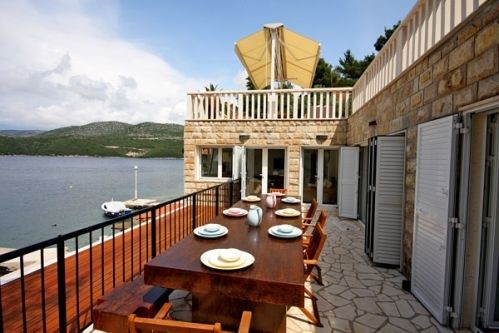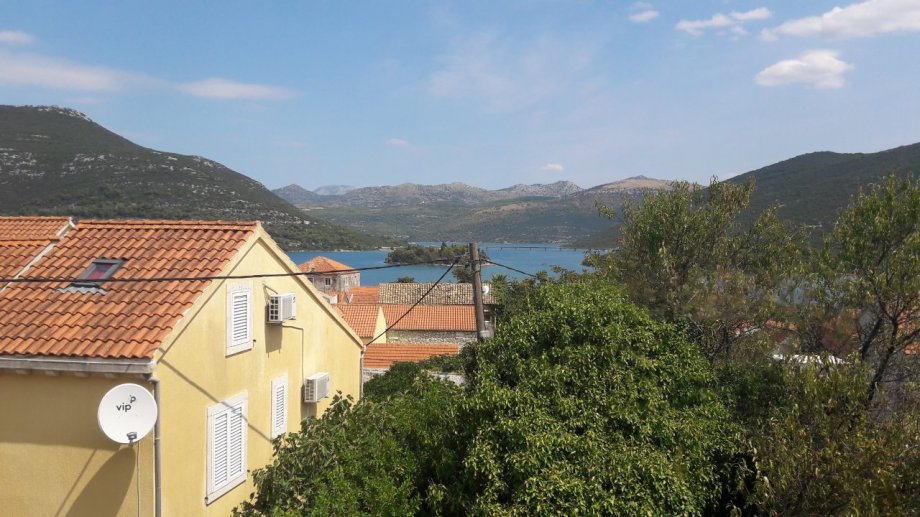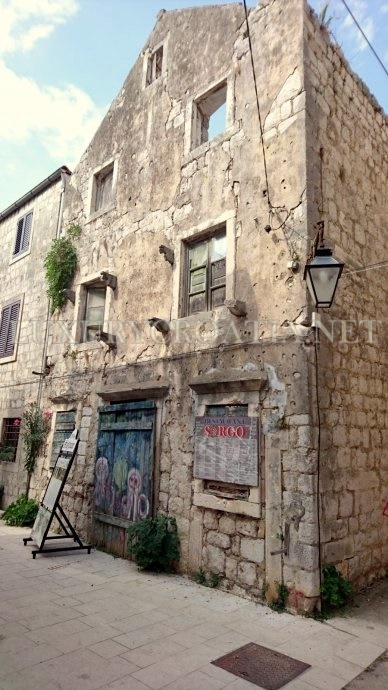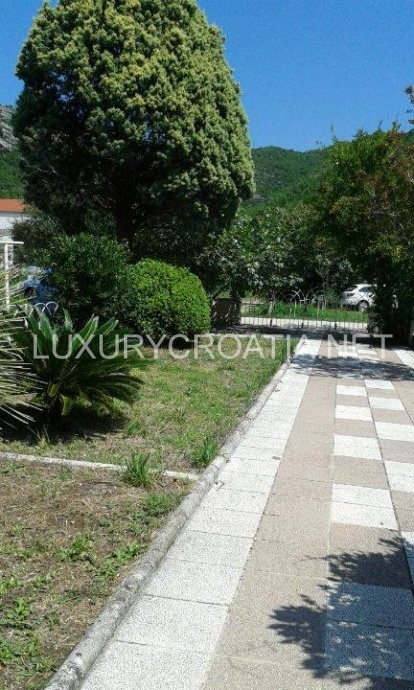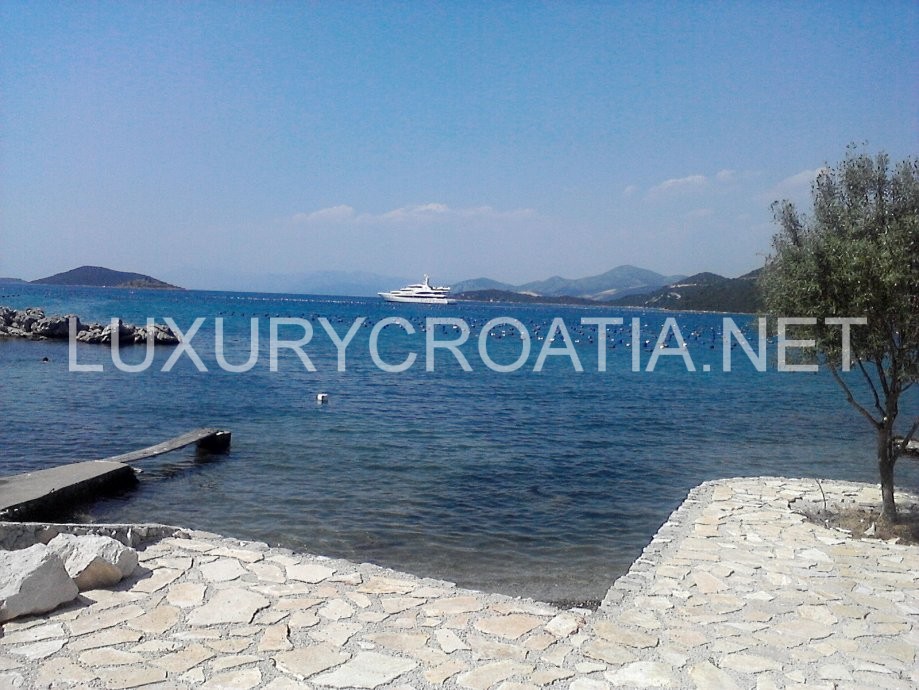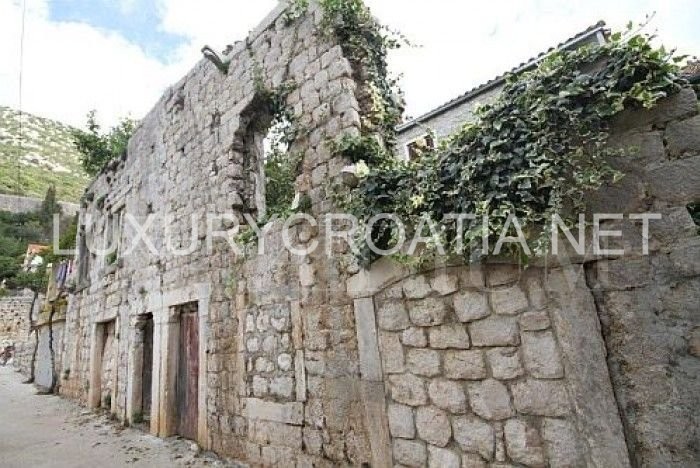Seafront Villa for sale with a Pier Ston Peljesac
Property Details:
- Categories: House, Villa
- Styles: Renovated
- Square meters: 450
- Features: 3% Agency Commission
- Amenities: 1st Row to the Sea, Equipped Kitchen, Furnished Completely, On the Seafront, Outdoor Living Area, Outside Fireplace, Panoramic Sea View, Terrace, Under 1 hour to the International Airport
About this Property:
Seafront Villa for sale with a Pier Ston Peljesac
Seafront Villa for sale with a Pier Ston Peljesac is located in a deep bay, near marina for yachts. Villa is ownership of the company. The house was built in the 90s and refurbished entirely last year. Most of the furniture comes from Bali. The road is going until 200 meters from the house, and it is accessible whit a car. The house has 3 floors. private mooring for the 2 large boats, other boats can anchor in the front as long as they do not do it on a private mooring. living space of villa is 370m2, and terraces are 165m2, the ground floor is a large kitchen with toilet and storage room, the first floor is largely open plan living room with kitchen and dining room, and toilet, storage and one large bedroom with suite bathroom. the second floor is 3 large bedrooms, with 2 bathrooms and terrace 100m2, the third floor is 2 large bedrooms, with master bathroom 18m2. Price for Seafront Villa for sale with a Pier Ston Peljesac is 1 200 000 EUR.
The villa is on the waterfront, with own dock and mooring for 2 boats.
Ston is one of the hidden gems in Europe considering its historic legacy. Ston is most known for three things – its very well preserved town walls, its salt works, and its oysters. It is a little isolated, on the Peljesac Peninsula which is situated 60 km away from the nearest large city, Dubrovnik. The walls of Ston are perhaps what this little town is best known for – and for a good reason. The walls are much longer than those of its more famous neighbour Dubrovnik at 5km in length, making them the longest defensive structure in Europe; they are sometimes referred to as the ‘European Walls of China”. Built in the 14th and 15th centuries as a additional defence for the Republic of Ragusa (Dubrovnik) and to protect the lucrative salt pans in the area, the walls also consist of three fortresses – Veliki Kastil (in Ston), Korula (Mali Ston) and Prodzvizd Fort – and a number of towers. The walls once stretched for as long as 7km, but parts were destroyed following the fall of the Republic of Ragusa, and during the 19th century when the stone was used to construct other structures. The walls have long since been protected and, following extensive renovations, were open a number of years ago to visitors.
(V-PK-G-01)

Seafront Villa for sale with a Pier Ston Peljesac






